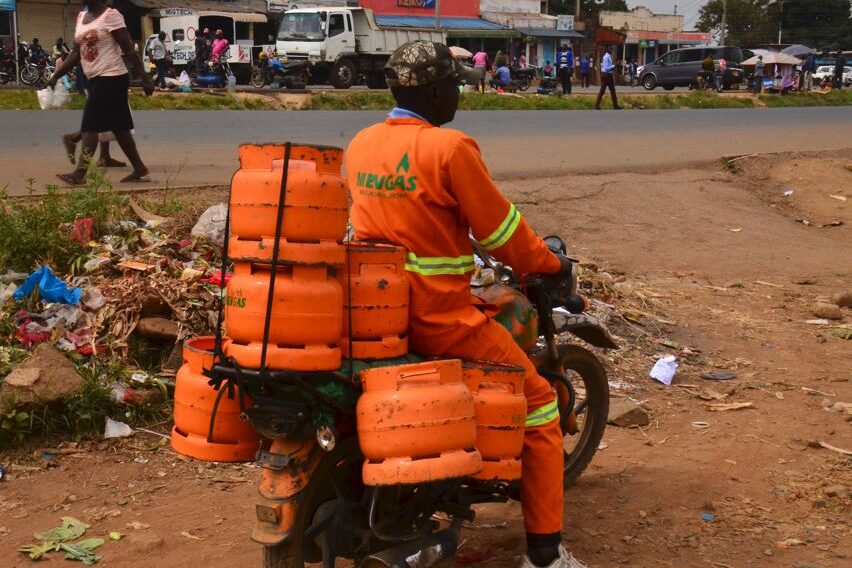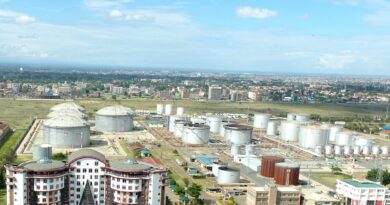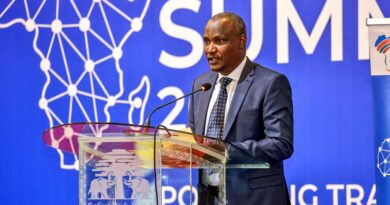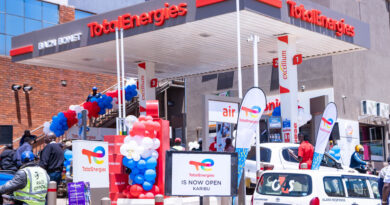Why cooking gas prices have dropped to the lowest level since February

A 13kg Liquefied Petroleum Gas (LPG) was refilling at an average of Ksh3,196.04 in September, marking the lowest market price of the commodity since February. As Kenya imports 100% of its LPG demand, prices are largely determined by the global price of the commodity, as well as the local currency exchange rate.
Data from the Kenya National Bureau of Statistics (KNBS) shows that prices of cooking gas have been dropping steadily in recent months from a high of Ksh3,242.11 in March. The drop has been largely occassioned by a strong shilling, which has significantly gained ground against the US dollar this year. The local currency was trading at a record low of more tha Ksh164 against the US dollar in January, but has rapidly strengthened to a high of Ksh129 at the moment.
But despite the steady drop in the cost of LPG, the current prices remain way higher than those that Kenyans experienced in 2023. For instance, in September 2023, a 13kg gas cylinder was refilling at an average of Ksh2,795.69. this is Ksh399.35 less than this year.
Despite the higher prices, consumption of cooking gas continues to rise steadily.
According to KNBS, LPG consumption hit a record high of 38,270MT in September. For context, in September last year, consumption stood at 31,900MT. Kenya imports all its LPG even as demand for the commodity continues to rise.
the energy review
Kenya’s consumption of cooking gas stood at 360,594MT in the year ended June 2024, according to data from the Energy and Petroleum Regulatory Authority (EPRA).
This is good news for the Kenyan government, which has been promoting the uptake of cooking gas by Kenyans, majority of whom still use firewood and charcoal for cooking. But the cutting of trees for firewood is having a negative impact on the environment, which has reduced Kenya’s forest cover over the last few decades.
To promote the uptake of LPG, the Kenyan government has introduced several programs, including the Mwananchi Gas Program, which is being implemented by the National Oil Corporation of Kenya (NOCK). Under the program, the government distributes gas cylinders to Kenyans for free in a bid to reduce the upfront cost of adopting the use of cooking gas.
The government’s interventions in LPG are guided by the Kenya National Cooking Transition Strategy (KNCTS) 2024–2028 which was launched last year. Further, in June 2022, the government cut the Value Added Tax (VAT) on LPG from 16% to 8%, and in June 2023, cooking LPG was exempt from VAT.
Mombasa is the key entry point for cooking gas imported into the country. It accounted for 59% of all imports in the year to June 2024. Other leading entry points for cooking gas into Kenya are Namanga (27%) and Loitoktok (13%), both of which are border posts between Kenya and Tanzania. A further 1% is imported through Lunga Lunga and Taita Taveta. This means that 41% of Kenya’s LPG is imported through Tanzania.
news@theenergyreview.com
Discover more from THE ENERGY REVIEW
Subscribe to get the latest posts sent to your email.


